Case Studies
Driving roadway innovation and thought leadership in traffic safety.
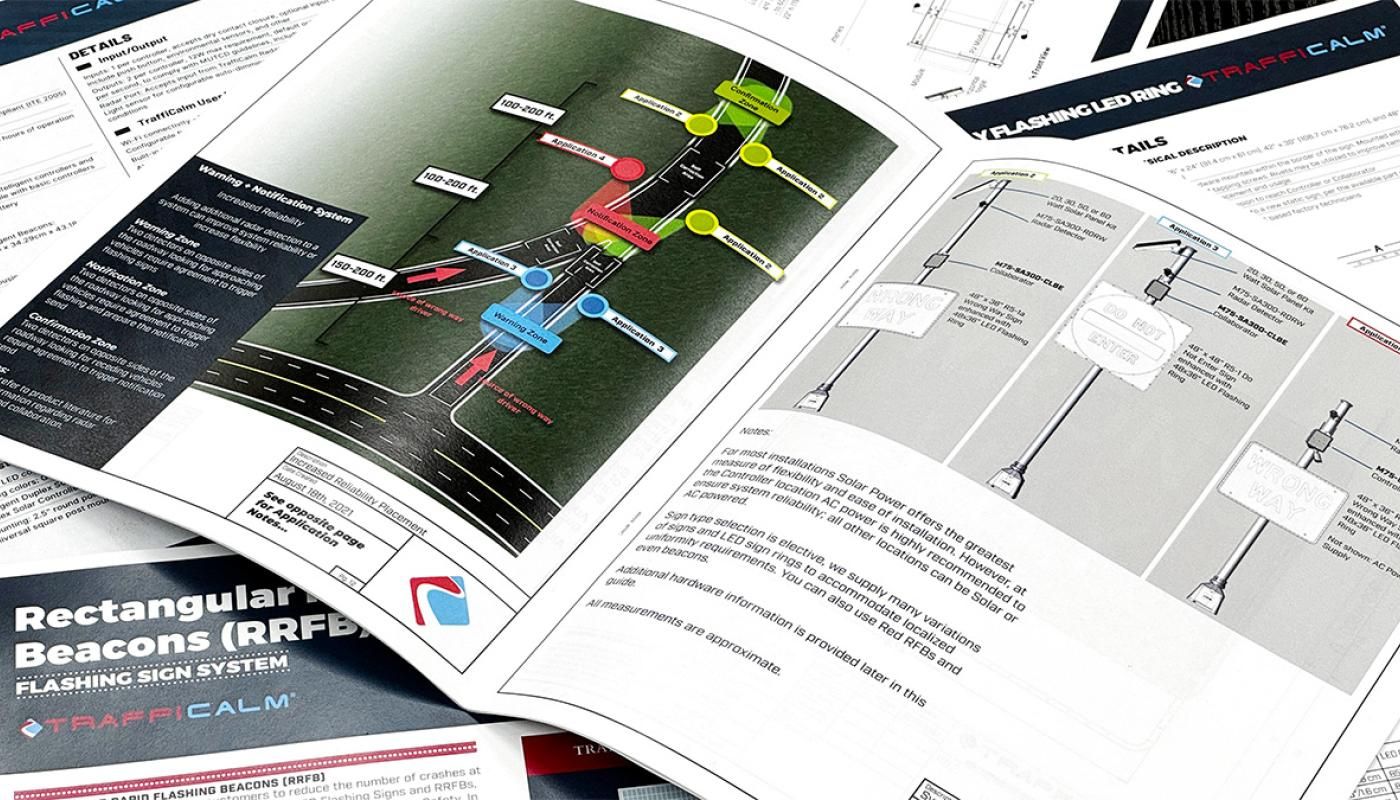
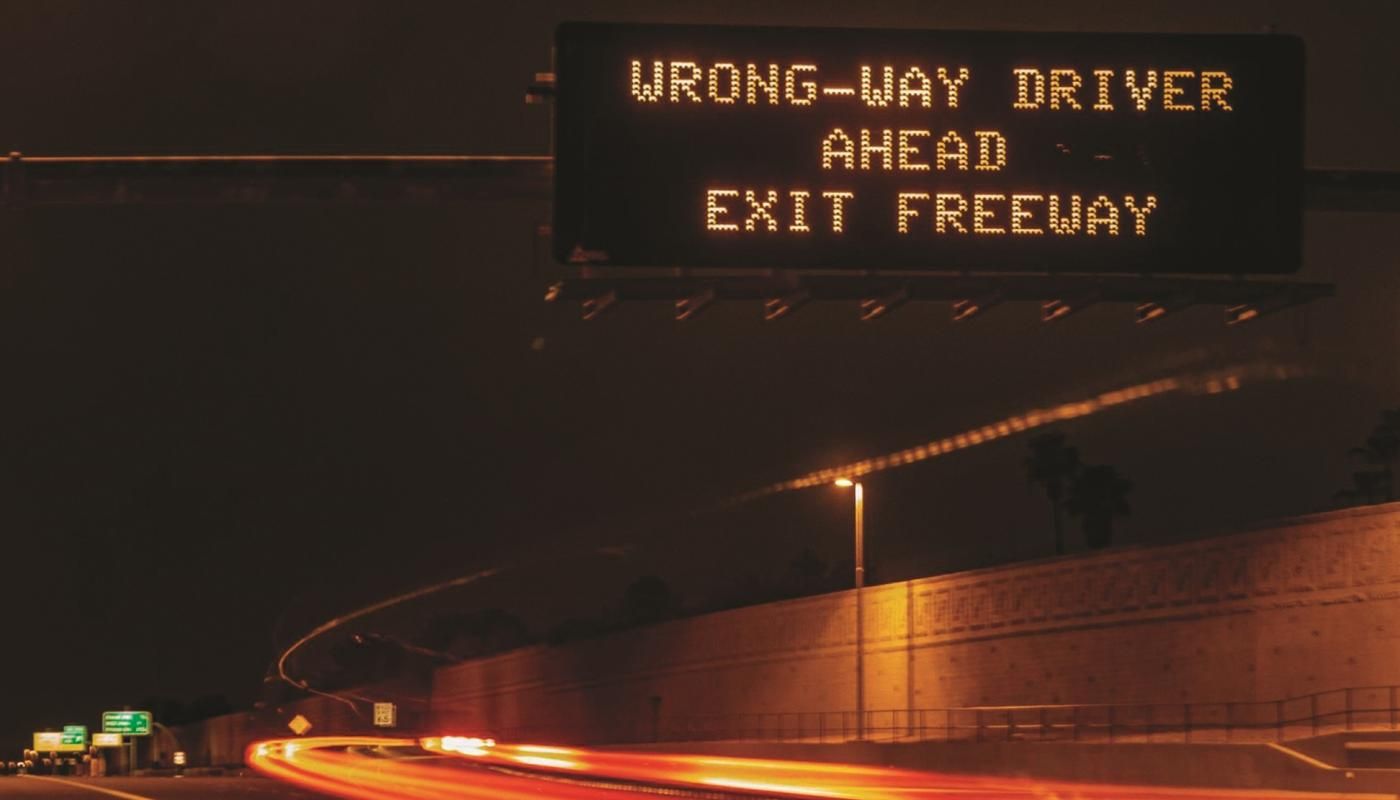
The Critical Need for Advanced Wrong-Way Driving Countermeasures: Insights from the 2024 FHWA Report
Wrong-way driving (WWD) incidents, while relatively rare, pose a significant and growing risk on our roadways. These events often result in severe crashes, injuries, and fatalities, making them a major concern for traffic safety professionals. The 2024 report from the Federal Highway Administration (FHWA), titled "Compendium of Wrong-Way-Driving Treatments and Countermeasures," emphasizes the critical need for advanced solutions to address this pressing issue. This blog post delves into the findings of the report, exploring the challenges posed by WWD and the innovative countermeasures that can help mitigate this risk.

Case Study: Effectiveness of Dynamic Speed Feedback Signs Volume
This review analyzes the impact of Radar Speed Signs (RSS) in school zones, showing significant vehicle speed reductions and improved safety. Covering findings from 43 publications, it highlights RSS's effectiveness in decreasing speeds by an average of 3.21 mph, enhancing pedestrian safety, especially for children. The study offers crucial insights for traffic safety strategies, emphasizing RSS's vital role in creating safer school environments.
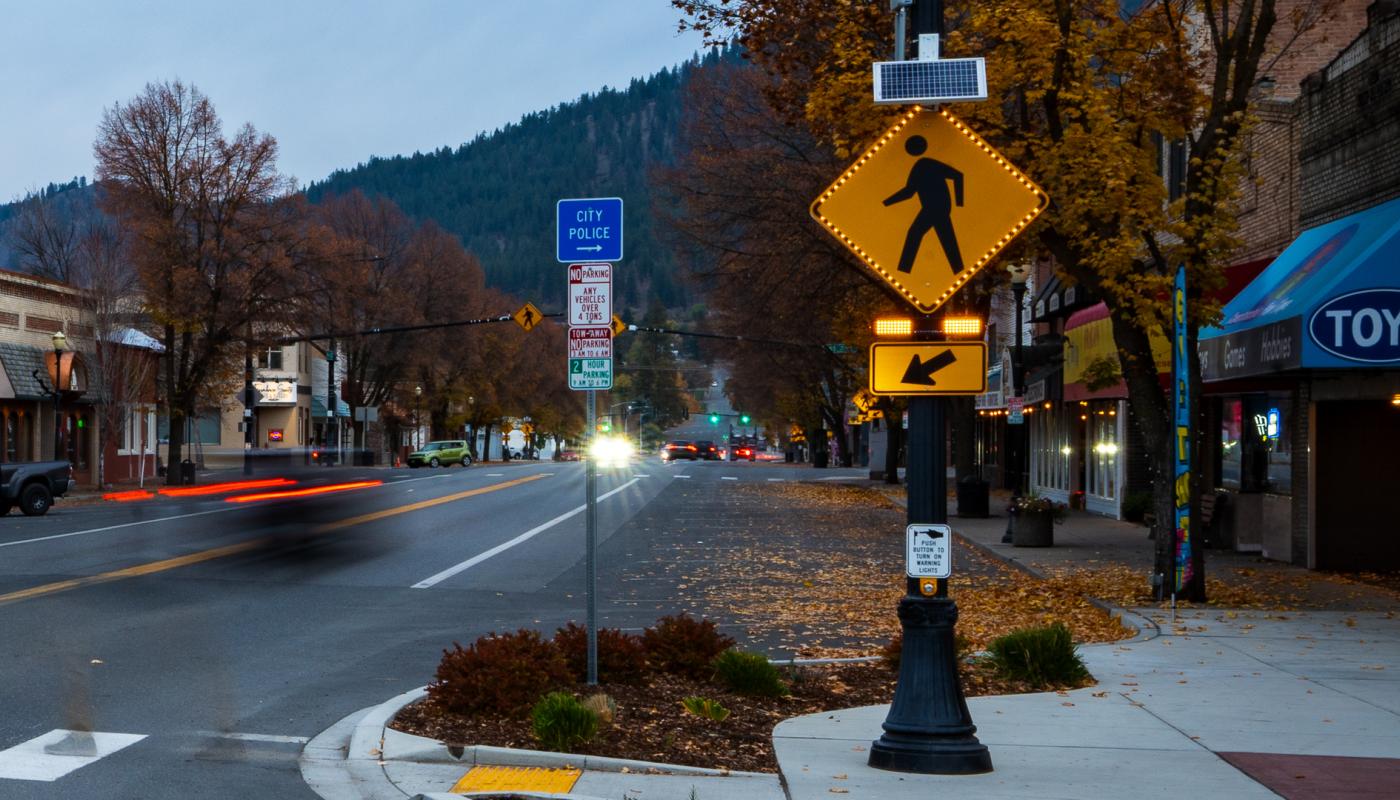
Assessing the Impact of Pedestrian-Activated Crossing Systems: A Focus on Rectangular Rapid Flashing Beacons (RRFBs)
Rectangular Rapid Flashing Beacons (RRFBs) enhance pedestrian safety by demanding drivers' attention with flashing LEDs, leading to increased yielding. This review evaluates RRFBs' effectiveness and impact, supported by extensive research, highlighting their significance in traffic safety.
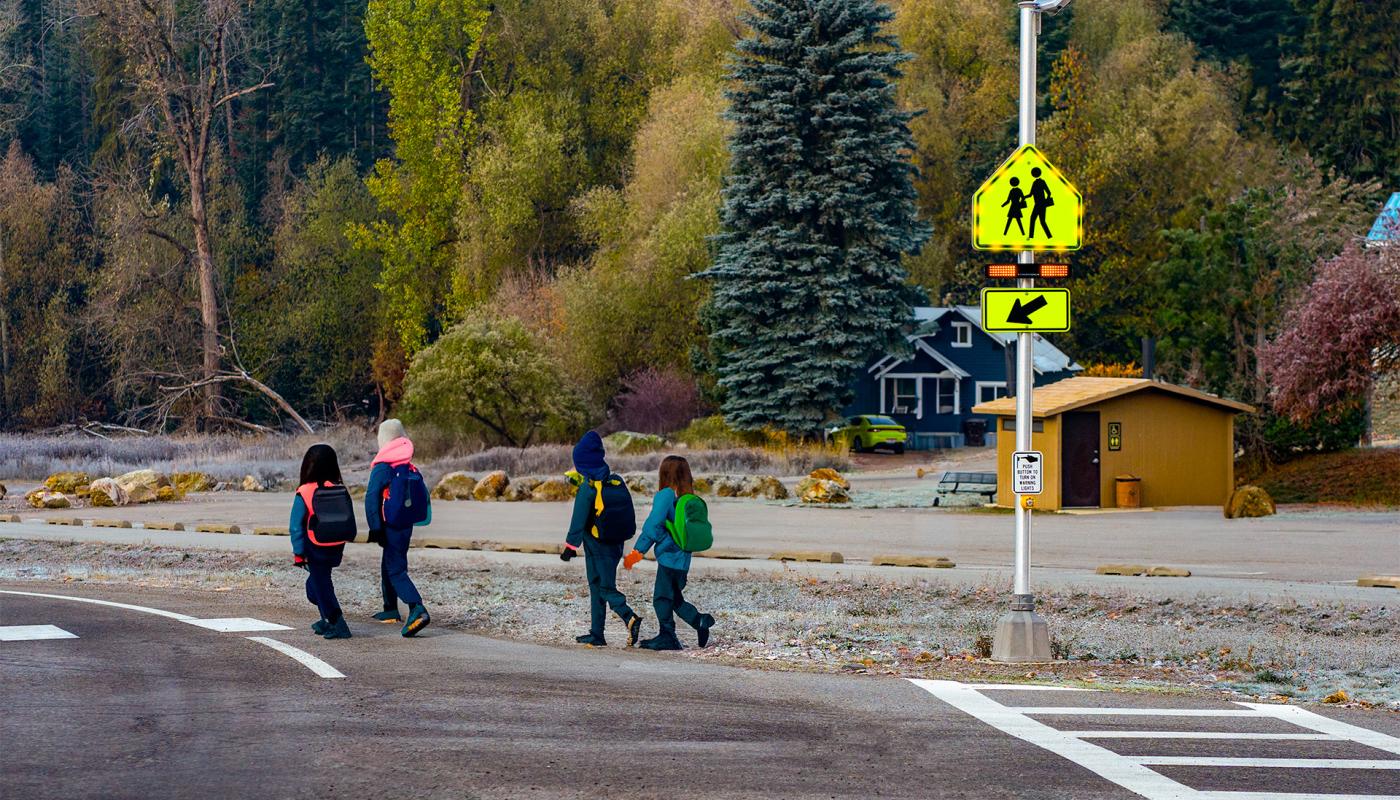
Are Smartphones Making Our School Zones Less Safe? A Deep Dive into Child Pedestrian Safety
Explore the impact of smartphones and digital distractions on child pedestrian safety in school zones. This article delves into recent trends, the crucial role of traffic control devices, and how TraffiCalm's innovative solutions are making school zones safer for our children.
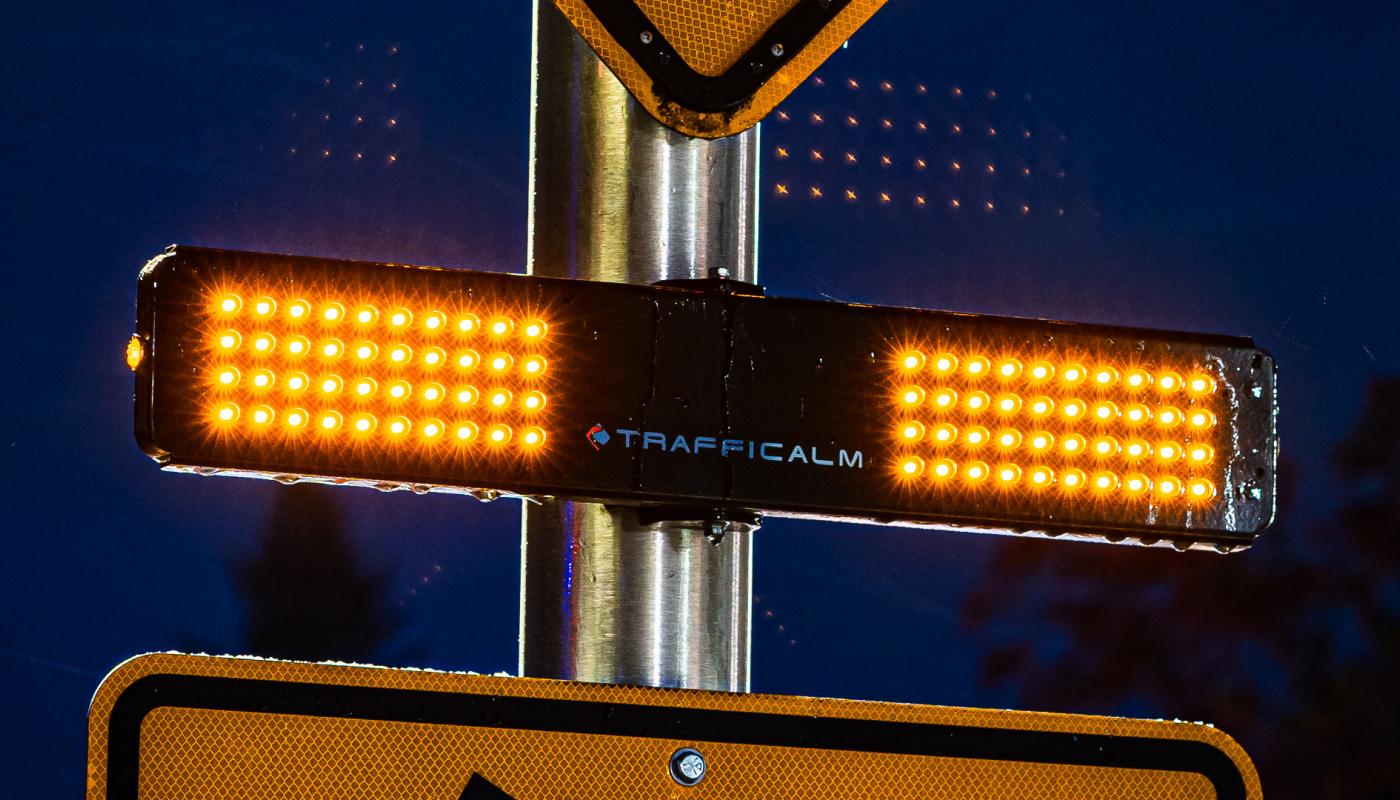
Crash Modification Factors for Uncontrolled Pedestrian Crossing Treatments
This comprehensive study explores the effectiveness of pedestrian safety enhancements, particularly Rectangular Rapid Flashing Beacons (RRFBs), in reducing pedestrian-vehicle incidents across urban and suburban settings. Through detailed cross-sectional and before-after analyses, the article highlights the development of Crash Modification Factors (CMFs) for RRFBs and other treatments.
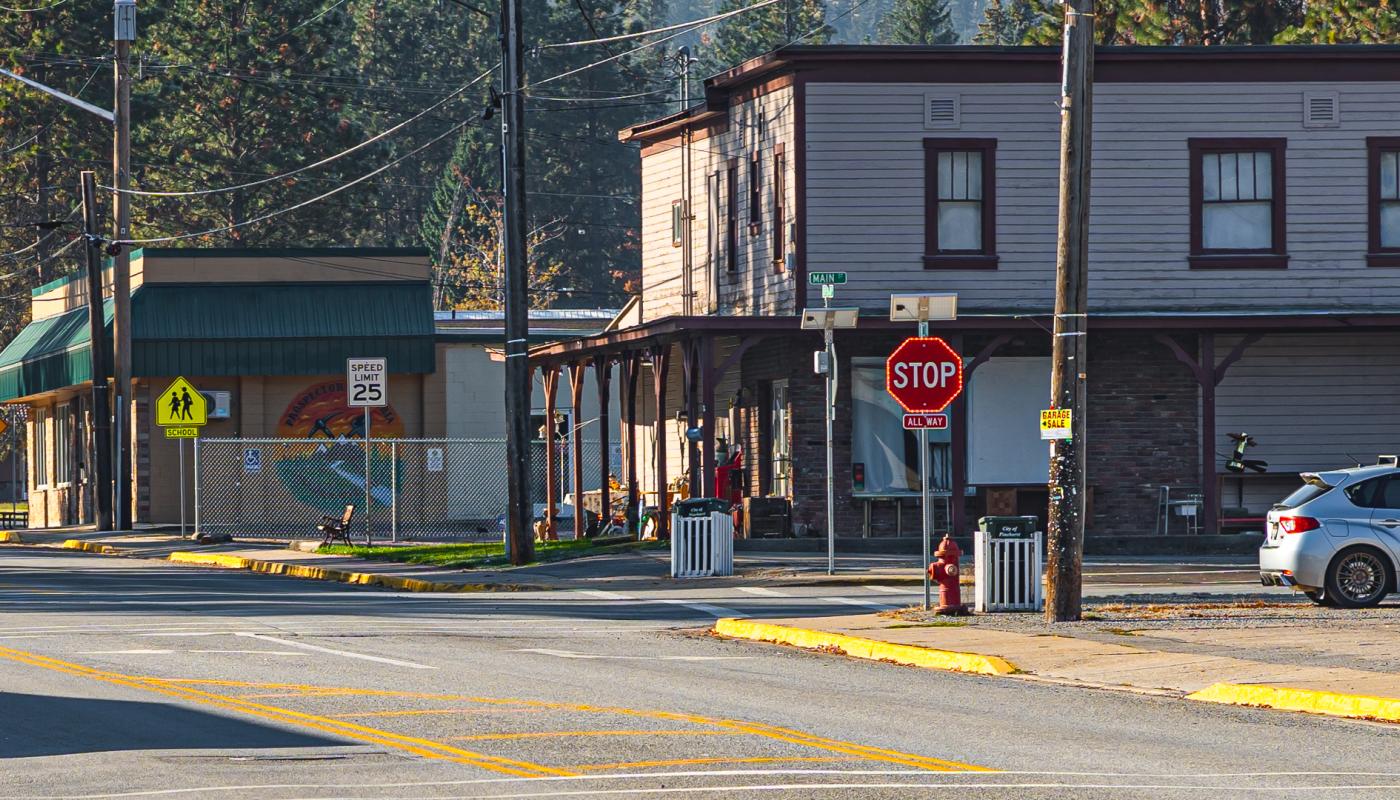
Traffic Operational Impacts of Higher-Conspicuity Sign Materials: A Focus on Flashing LED Stop Signs
This case study highlights the significant impact of integrating flashing LED stop signs on improving stop compliance and reducing right-angle crashes at intersections, demonstrating their effectiveness as a safety countermeasure.

Evaluation of Best Practices in Traffic Operations and Safety: Flashing LED Stop Signs
This case study explores the implementation and effectiveness of flashing LED stop signs at a high-crash-rate intersection in Virginia, focusing on speed reduction and compliance improvements.

Case Study: Safety Evaluation of Stop-Sign Mounted Beacons
This study contrasts stop-sign mounted beacons with overhead flashing beacons, revealing a 5% - 54% reduction in nighttime crashes, including a significant 54% decrease in injury-related incidents.
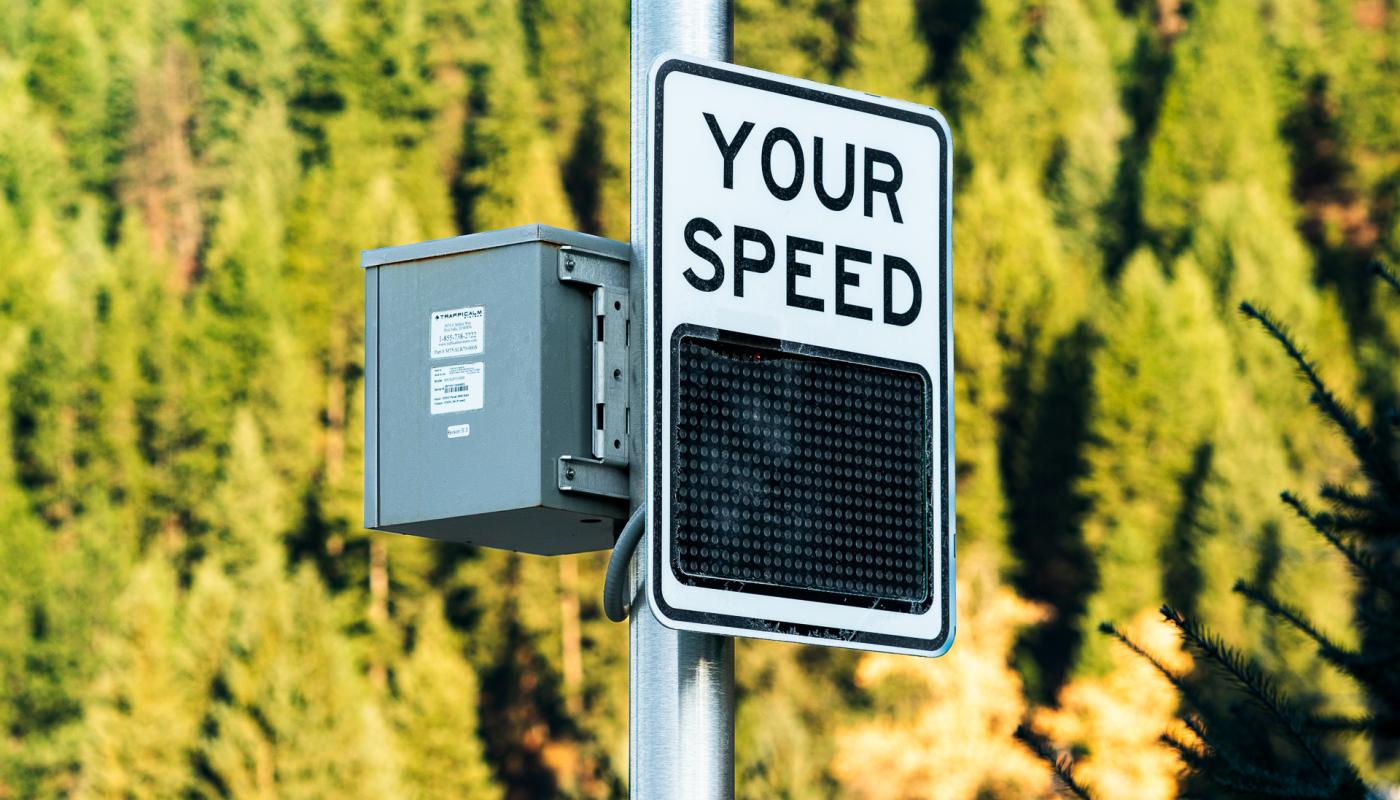
Case Study: Efficacy of Radar Speed Monitoring Displays in Reducing Vehicle Speeds
This technical review scrutinizes the effectiveness of Radar Speed Monitoring Displays, emphasizing a comprehensive study on their impact on vehicular speed reduction. The investigation, grounded in statistical analysis and field studies, sheds light on the tangible benefits of this intelligent transportation system.
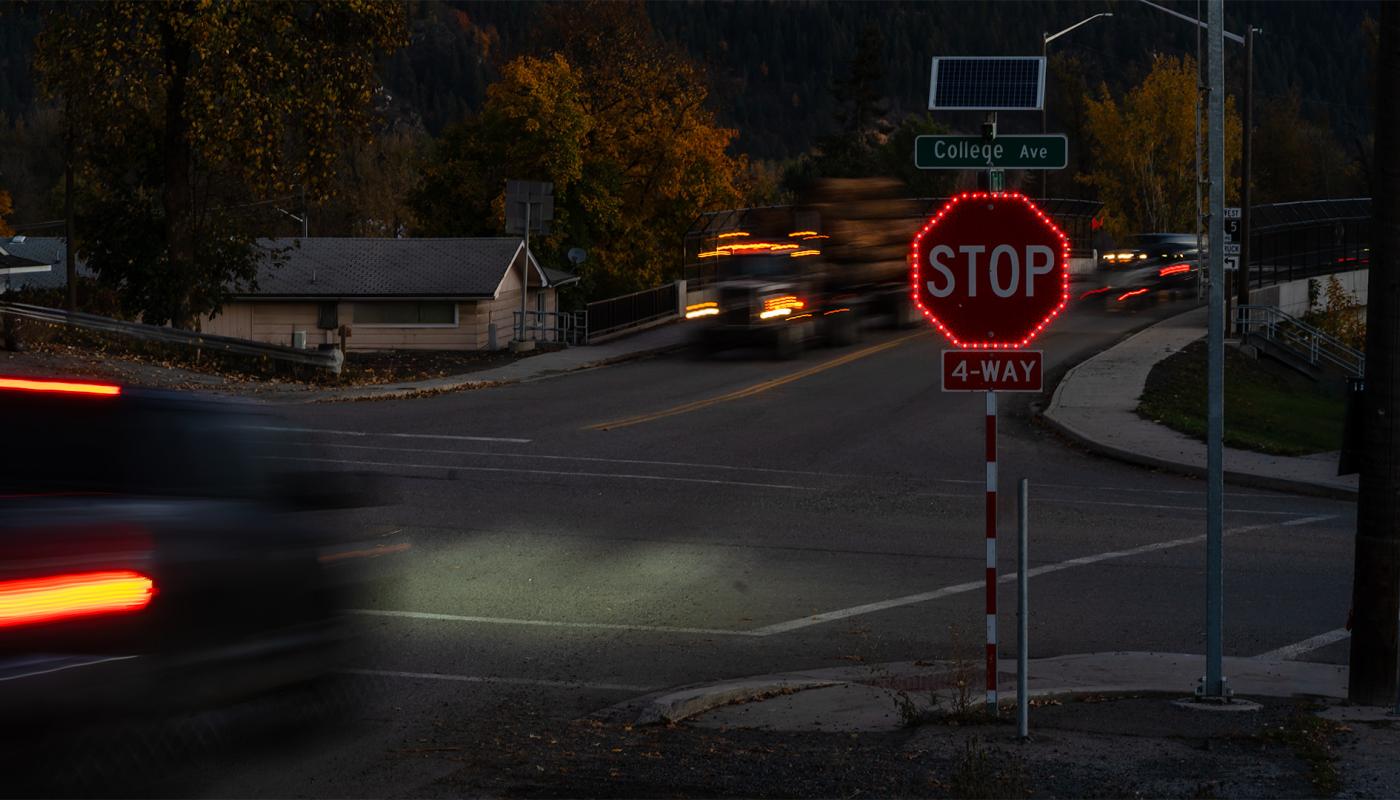
Case Study: Estimating the Crash Reduction of Flashing LED Stop Signs
In this article, we delve into a meticulous study conducted by the Minnesota Department of Transportation on the safety implications of flashing LED stop signs. Through detailed technical analysis, the study reveals a statistically significant 41.5% reduction in crashes, offering valuable insights into the effectiveness of this innovative traffic control solution.
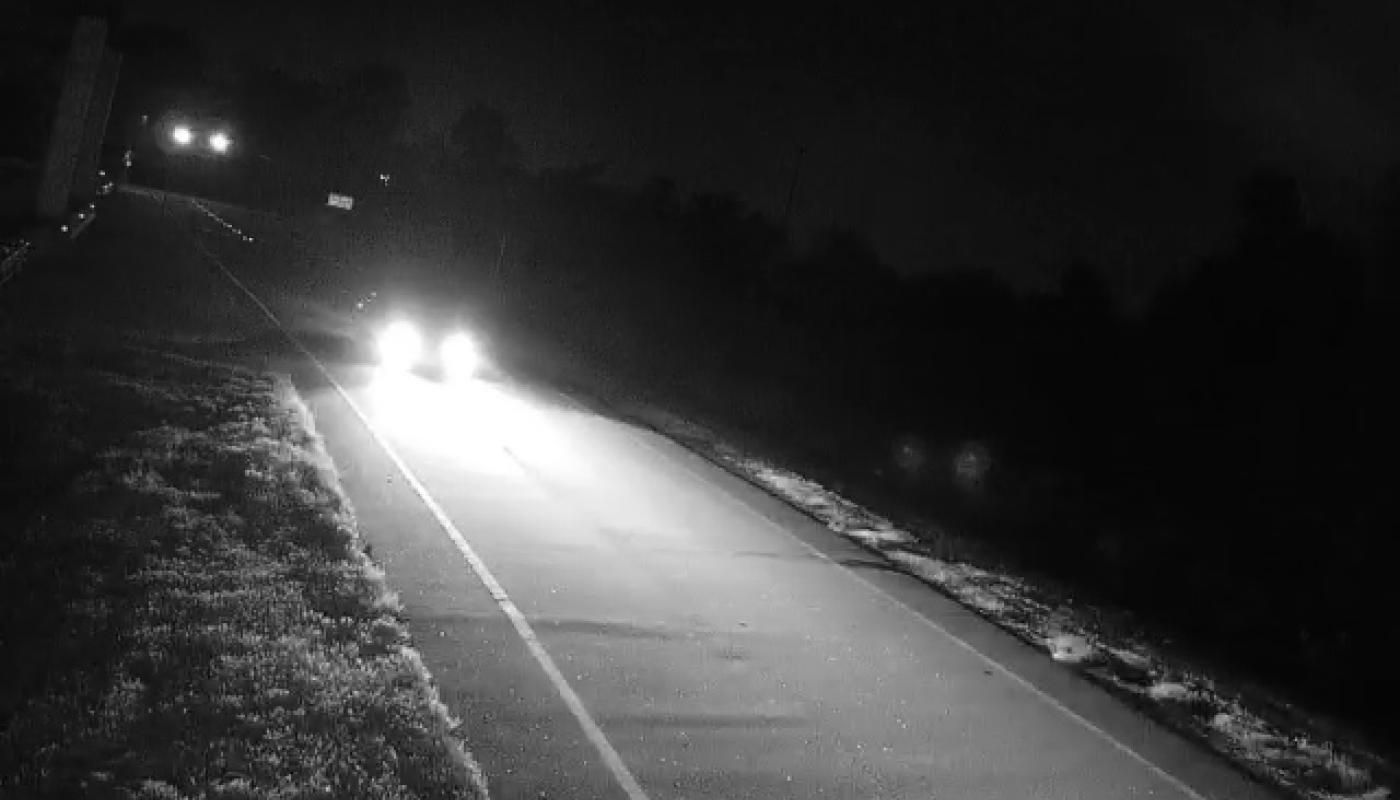
Case Study: Investigation on Wrong Way Prevention Technologies and Systems
A case study by the University of Memphis found TraffiCalm's WWPS, with its high accuracy, responsiveness, and live-tracking, to be the most effective system in reducing wrong-way driving incidents, recommending it as the preferred solution.